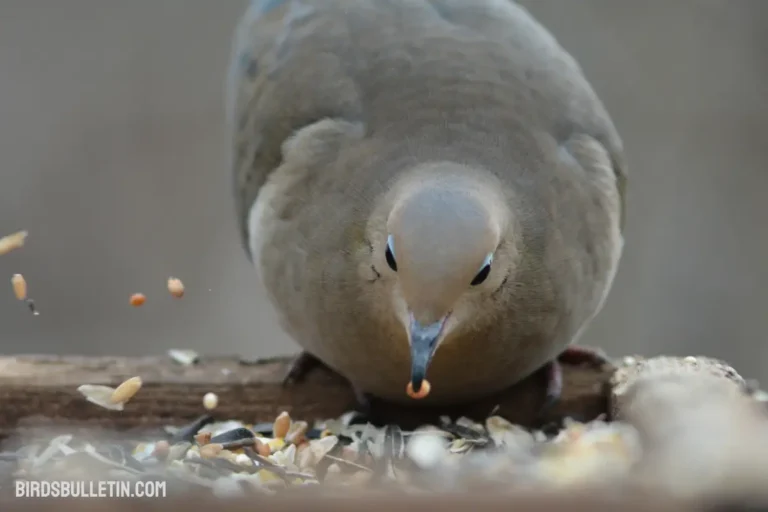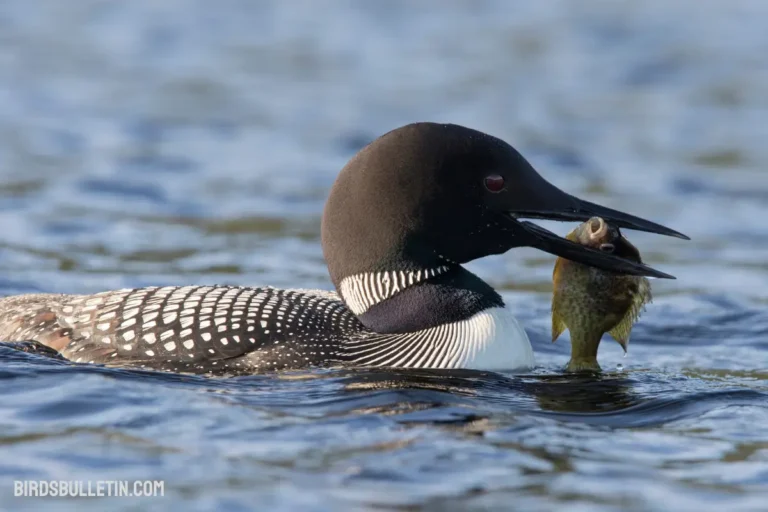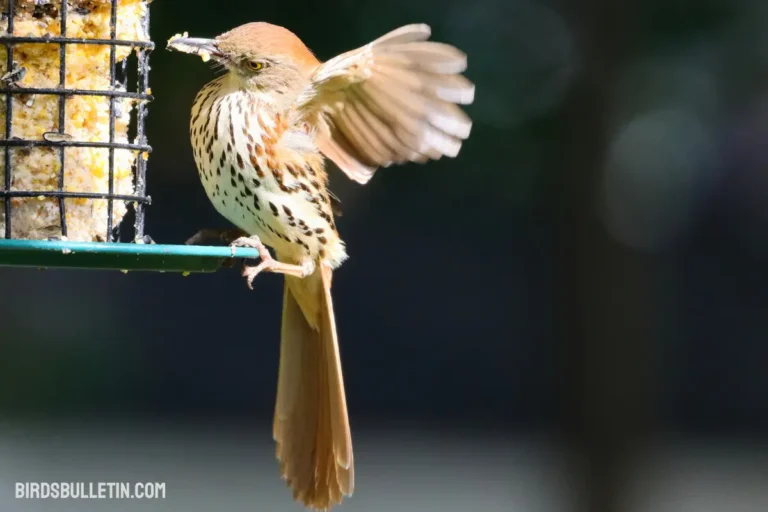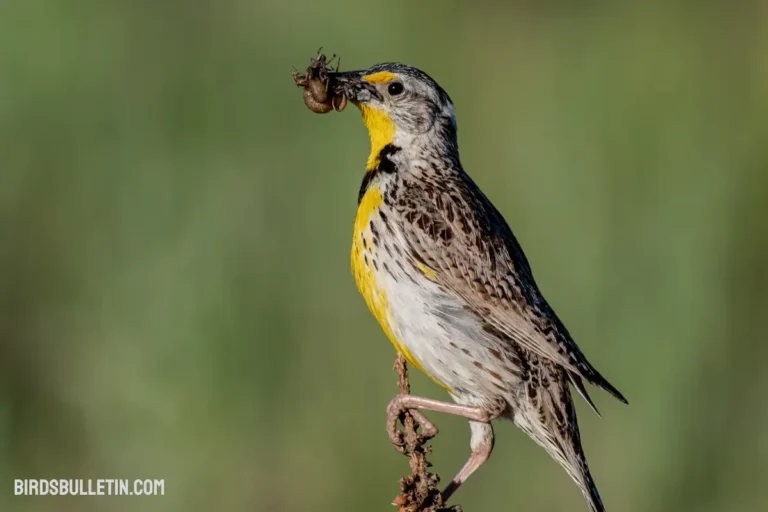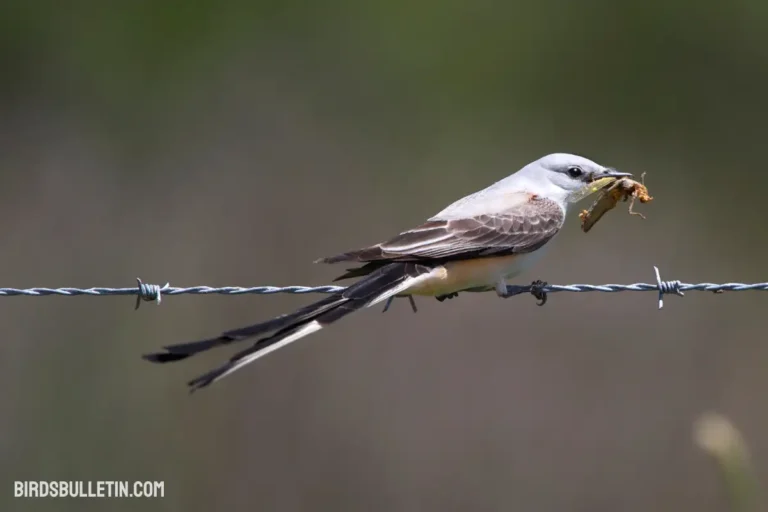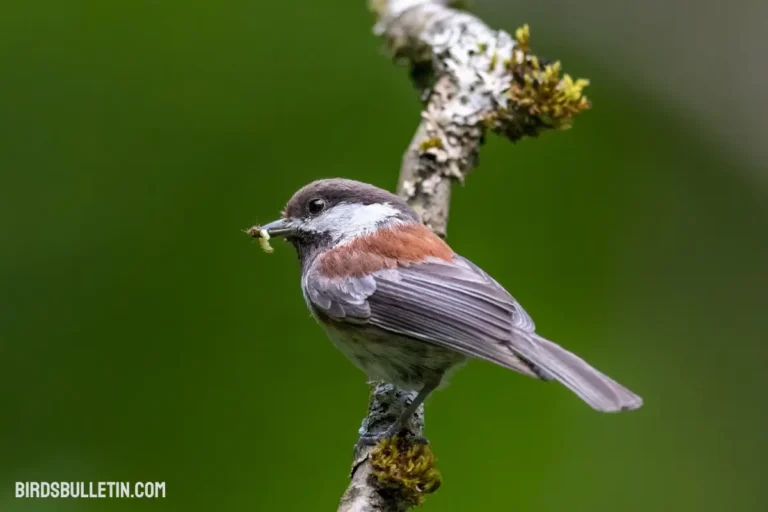What Do Carolina Wrens Eat?
The Carolina wren is found mainly in the southeastern United States. With its loud teakettle call echoing through backyard woods, the energetic Carolina wren is a delightful neighbor for many.
But what exactly sustains these little reddish-brown birds? As primarily insectivorous birds, Carolina wrens eat a wide variety of small invertebrates. Carolina wrens use their slightly curved bills to probe into crevices in tree bark, holes in wood, and other tight spaces to search for food.
While they mainly eat insects and spiders, they are opportunistic foragers and will occasionally consume vegetable matter, especially in wintertime when insects are scarce. Read on to learn all about the Carolina wren’s diverse diet and foraging habits.
Want to learn more about birds’ food and diet
Favorite Carolina Wren Foods
Carolina wrens are insectivorous, meaning insects make up the majority of their diet. Some of their favorite insect foods include beetles, true bugs, moths and caterpillars, grasshoppers, crickets, ants, and flies.
They also readily eat spiders and occasionally snails. A table of some of their top foods is below:
| Food Item | Details |
|---|---|
| Beetles | Preferred food. Often gleaned from tree bark. Includes weevils, longhorn beetles, and leaf beetles. |
| Caterpillars | Very common food item, often fed to young. Includes tomato hornworms, and fall webworms. |
| Spiders | Eat spiders year-round. Favor ones 3-10 mm in size. |
| Moths | Eat both adult moths and caterpillars. May be major food when abundant. |
| Grasshoppers and crickets | Opportunistically eat various species. Mostly feed on young nymphs. |
| Ants | Favor ants found on trees. Eat flying ants in summer. |
How Often do Carolina Wrens Eat?
Carolina wrens eat frequently throughout the day from dawn to dusk. In the summer months when they are raising young, they may bring a new morsel of food to the nest every 2-5 minutes.
Nestlings are fed so often that they rarely go more than 20 minutes without being fed. Adults continue to feed very regularly on their own as well, although their feeding rate slows a bit in the winter months when prey is scarce.
They cache (hide) excess food to eat later and strategically distribute caches throughout their territory.
What Time of Day does Carolina Wrens Feed?
Carolina wrens usually begin foraging just before sunrise and continue at regular intervals throughout the day.
They are active feeders all day from dawn until dusk. Some increased foraging activity may occur at dusk as nocturnal insects become active.
How Carolina Wrens Gather Food?
Carolina wrens use a variety of hunting methods to capture insect and spider prey. Methods include:
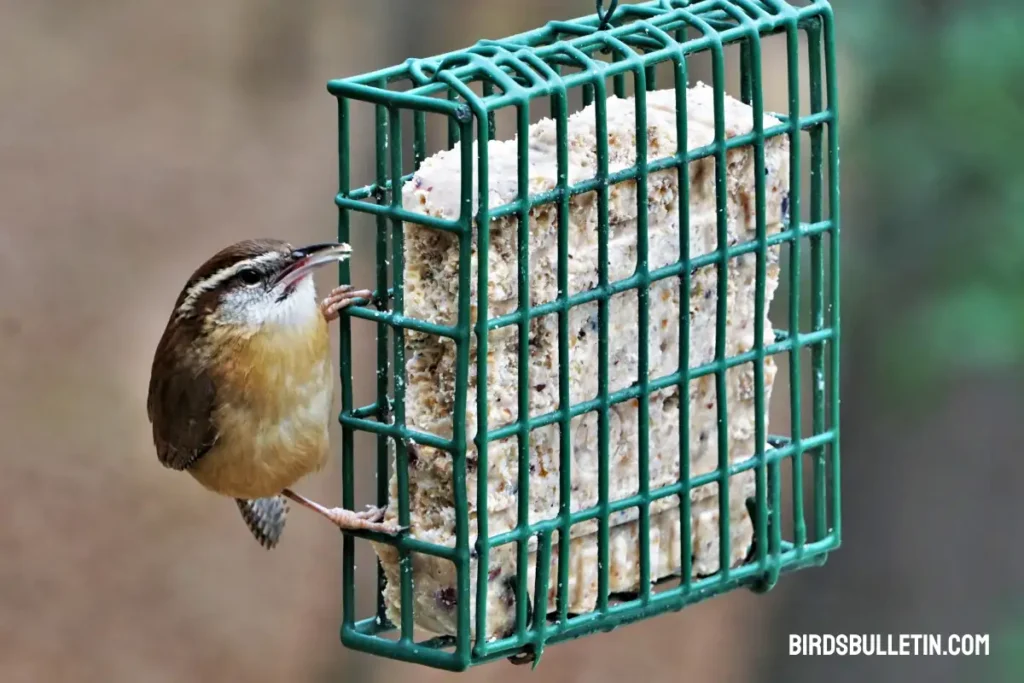
Gleaning: Carefully picking through leaves, crevices, and tree bark to find insects, spiders, or other prey items. The most commonly used feeding technique.
Probing: Using their bills to probe into holes in wood, under bark, and other tight spaces to find food.
Hanging: Hanging upside down from branches to reach the undersides of leaves.
Hawking: Flycatching insects while in flight. Less common but especially used to catch winged ants in summer.
Carolina wrens hunt primarily in lower vegetation but will ascend into the mid-canopy of trees when necessary. Pairs often stay in contact with quiet ticking vocalizations while out foraging together.
What do Carolina Wrens eat in Winter?
Carolina wrens continue feeding on insects through the winter, although their diet shifts to prey that can be found sheltering under tree bark or leaf litter such as beetles, ants, cricket and spider eggs, insect larvae, and dormant adults. Spiders become an especially important overwinter food source.
In very cold weather when insects are scarce, Carolina wrens switch to eating more vegetable matter such as berries, seeds, and some tender buds.
They have been observed eating seeds and fruits from plants such as sumac, blackberry, wild grape, Virginia creeper, and multiflora rose.
What Baby Carolina Wrens Eat?
Both parents feed the young, who eat prodigious amounts while growing. Nestlings are fed insects caterpillars and spiders, with caterpillars making up over half of their diet according to various research. Parents may bring a bit of vegetable matter such as flower petals to nestlings occasionally as well.
As the nestlings grow, parents gradually provide larger prey items. After leaving the nest, fledglings follow their parents around begging to be fed for several weeks while learning to forage on their own.
Frequently Asked Questions
01. How many insects do Carolina wrens eat per day?
Carolina wrens eat staggering numbers of insects and spiders. One estimate suggests a single wren family may consume up to 500,000 arthropods over the course of a summer breeding season!
02. What is the Carolina wren’s favorite food?
Beetles top the list of favored foods, though caterpillars and spiders are also highly preferred. Within beetles, weevils are prized.
03. Do wrens eat mealworms?
Yes, Carolina wrens will readily eat mealworms, both live and dried. Mealworms make excellent supplemental food in winter at bird feeders or nest boxes.
04. Do Carolina wrens eat birdseed and suet?
While primarily insect-eaters, Carolina wrens will occasionally pick at bird seed, particularly sunflower chips. They typically perch on suet feeders rather than clinging.
Final Thought
The little Carolina wren fills an important niche in many backyard ecosystems, helping to control insect and spider populations. Their diverse diet fuels an active lifestyle raising multiple broods per season.
Backyard birdwatchers can provide supplemental sustenance in winter with offerings like dried mealworms or suet. Observing these reddish-brown birds busily foraging helps one appreciate the industrious songbird’s healthy appetite!
References:
- Haggerty, T. M., & Morton, E. S. (2014). Carolina Wren (Thryothorus ludovicianus), version 2.0. In Birds of the World (A. F. Poole, Editor). Cornell Lab of Ornithology, Ithaca, NY, USA.
- Taylor, S.J. (2020). Carolina Wrens: Backyard Birds of North America. Nature Guiding Publishers.


